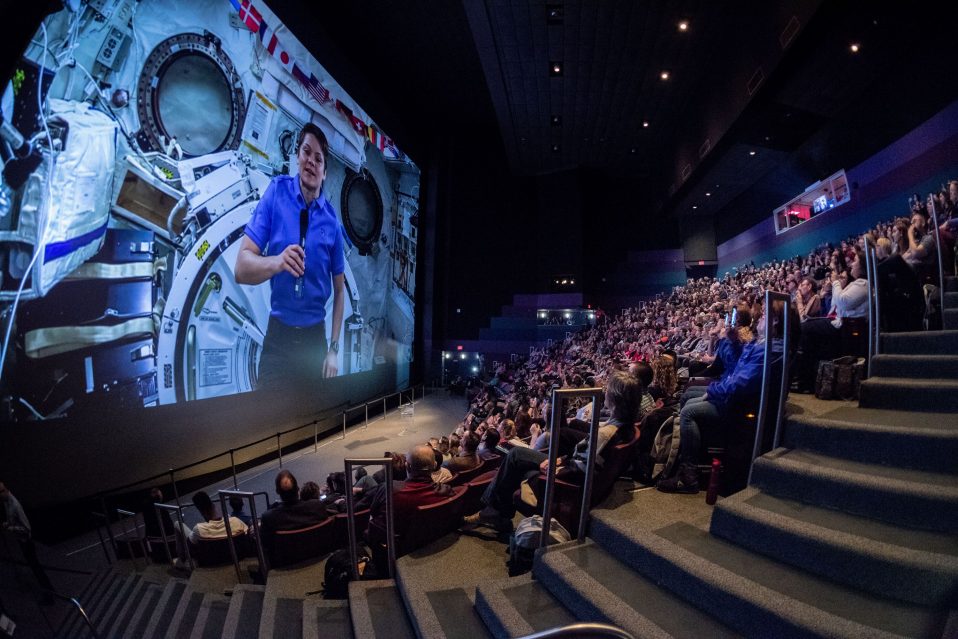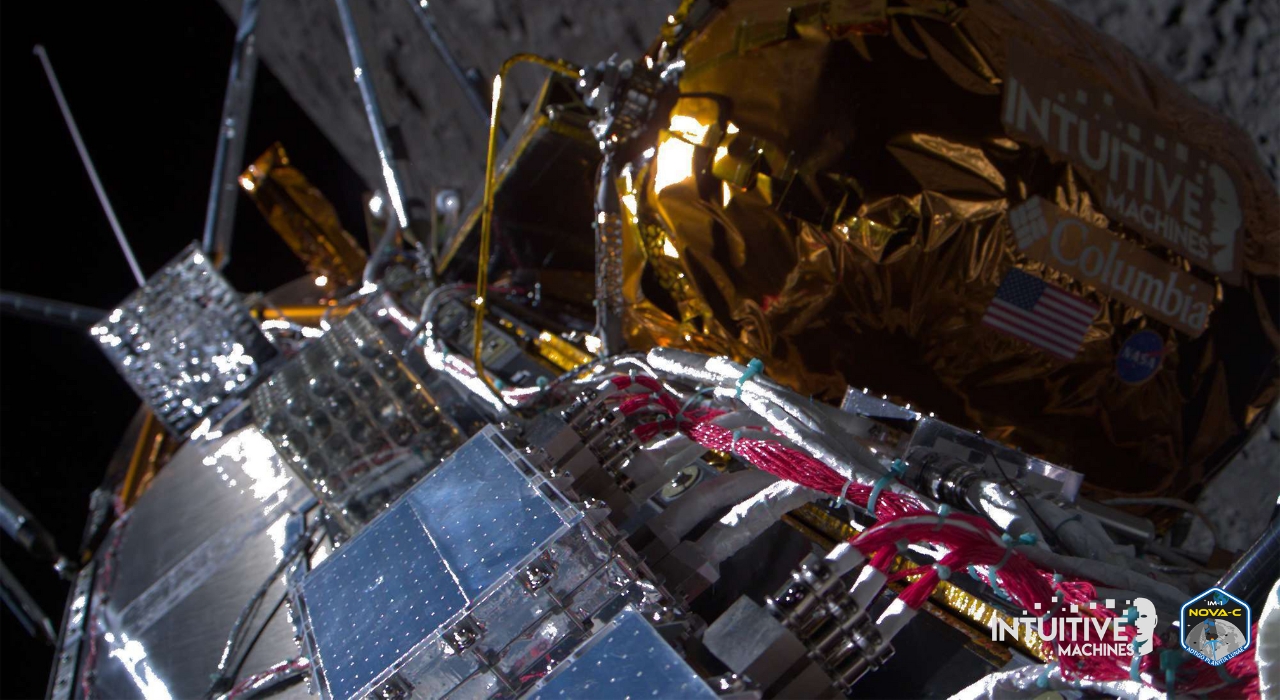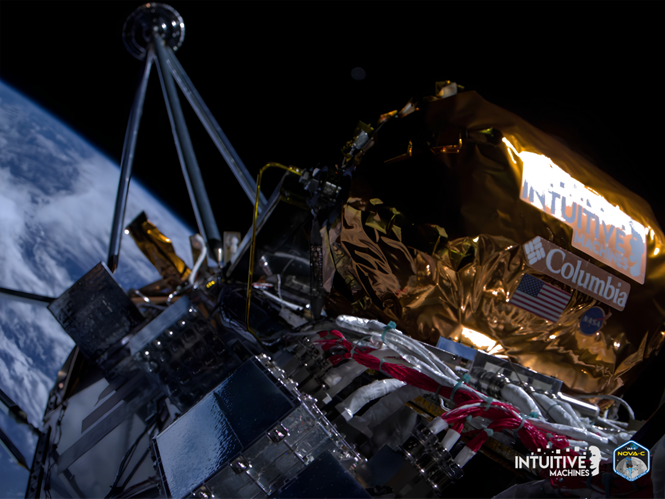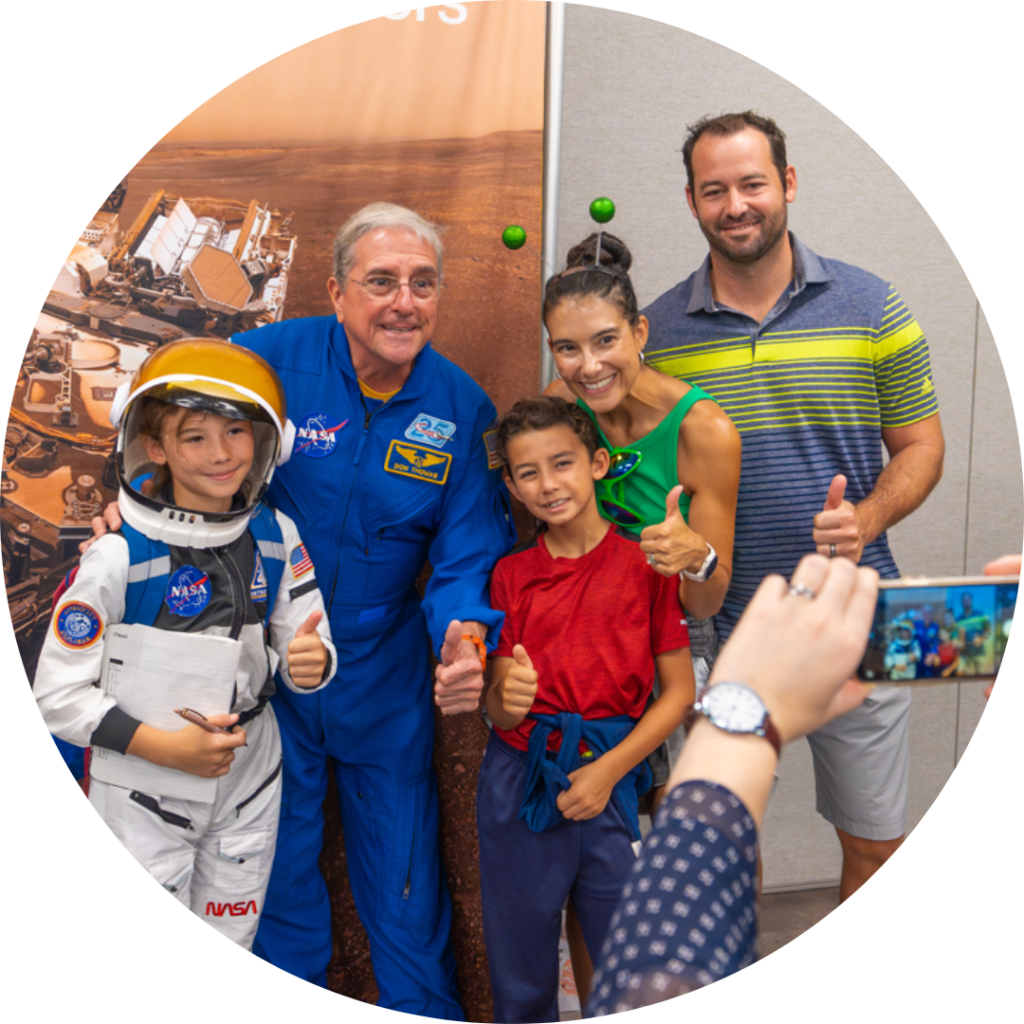NASA’s next mission leaves for the International Space Station on June 6. Who are the astronauts going up to ISS? What will they do there? Let’s break down Expedition 57.
Who’s the crew?
Joining NASA astronauts Ricky Arnold and Commander Drew Feustel on ISS is Serena Aunon-Chancellor.

Expedition 56-57 crew member Serena Auñón-Chancellor of NASA is suited up for spacewalk training at the Neutral Buoyancy Laboratory. Photo credit: NASA |
She will be travelling with ESA astronaut Alexander Gerst of Germany and Roscomos astronaut Sergei Prokopev. The Expedition 56 crew launched in March and the new crew will join them until December.
Aunon-Chancellor will be making her first flight into space. She is one of nine members of the 20th NASA astronaut class, selected in July 2009. She originally came to NASA in 2006 as a flight surgeon and served as the deputy lead for medical operations for NASA’s Orion spacecraft before joining the astronaut corps.
Originally from Fort Collins, Colorado, Auñón-Chancellor earned a bachelor’s degree in electrical engineering from The George Washington University in Washington, D.C., and a doctorate in medicine from the University of Texas Health Science Center at Houston’s McGovern Medical School.
What are they doing?
The crew will continue several hundred experiments in biology, biotechnology, physical science and Earth science currently underway and scheduled to take place aboard humanity’s only orbiting lab.
One of those tests includes a centuries-old materials bonding process that is being tested in an experiment that could pave the way for more materials research of its kind aboard the orbiting laboratory. Sintering is the process of heating different materials to compress their particles together.
If the disparities between sintering on Earth and sintering in space can be better understood through continued experimentation, the technique could hold promise as an in-flight manufacturing solution or become a reliable path for piecing together in-situ resources. Missions to Mars or the Moon could leverage this new knowledge of sintering to piece together habitats from the lunar or Martian soil, known as regolith. Regolith includes mixed sediment like loose rock, dust, and soil.
The sintering process is used on a wide variety of everyday items that require metal bonding from the metal parts of a watch to a set of braces or the hinges on eyeglasses. One familiar example of the process in action is the bonding that occurs when ceramics are fired in a kiln.
This experiment relies on sintering to study a new alloy’s behavior in microgravity.
When do they leave?
The Expedition 57 crew launched June 6 from the Baikonur Cosmodrome in Kazakhstan. The Russian Soyuz MS-09 spacecraft departed at 6:11 a.m. Central Standard Time and reached ISS by June 8.







